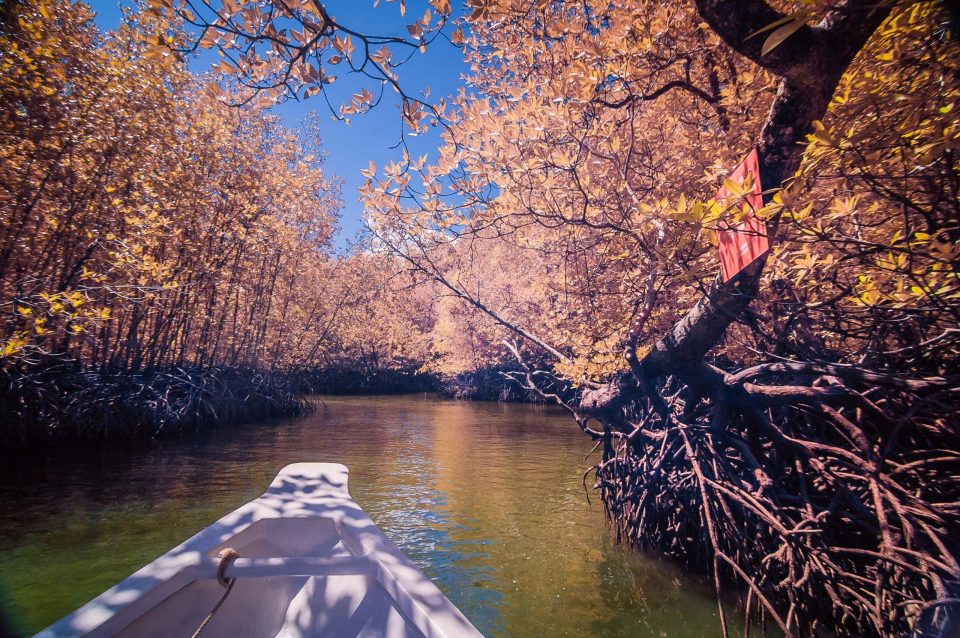KUALA LUMPUR, July 26 — A total of 7,129,438 mangrove trees and selected coastal forest species had been planted covering 3,240.44 hectares up to June 30, this year as part of the sea swamp forest ecosystem conservation and protection efforts in the country.
Energy and Natural Resources Minister Datuk Seri Takiyuddin Hassan said this initiative was through the Mangrove Tree and Suitable Species Planting Programme undertaken along the country’s coastal areas since 2005.
“This involves the cooperation of various federal and state government departments and agencies, as well as non-governmental organisations and the local communities.
“Currently, Malaysia has 629,038 hectares of sea swamp forests or 3.44 per cent of the total forest areas in Malaysia.
“Based on the Mangrove Guidebook for Southeast Asia, Malaysia has a high number of mangrove species at 42 out of the 52 recorded in Southeast Asia.”
He said this in a statement issued in conjunction with the International Day for Conservation of Mangrove Ecosystem celebration on July 26 each year to raise public awareness of the importance of conserving and protecting the sea swamp forest ecosystem including the coastal areas.
Takiyuddin said the government had launched the 2nd National Coastal Zone Physical Plan (RFZPPN-2) last June 14 with the guidelines and strategic action plans, as well as the directions on successful usage, conservation and management of coastal forest resources in the peninsula and Labuan.
He said the RFZPPN-2 also took into consideration, the need and importance of conserving and protecting areas with high biodiversities such as the sea swamp forests and sea grass beds along the country’s coastal areas in ensuring environmental sustainability.
“Among others, the coastal swamp forests, play a big role as buffer zones in protecting the coastal areas from erosion, against the impact of strong wind and sea waves, and in providing a suitable ecosystem for the proliferation of marine life as a source of income for the local communities.
“The role of the sea swamp forests’ ecosystem, seagrass and coral reefs are even more important now as these three ecosystems have been internationally identified as very efficient carbon absorbers.
“According to Unesco, it is estimated that a hectare of sea swamp forest can store 3,754 tonnes of carbon or the equivalent amount of carbon released by 2,650 cars in a year.
“Efforts to protect and conserve the country’s sea swamp forests are very challenging as Malaysia is a fast developing country where development along the coastal areas, aquaculture and agriculture activities, and uncontrolled pollution contribute to the loss of these forest areas.
“The loss of sea swamp forest areas will not only have a direct impact on the local communities’ well-being, especially those living along the coastal areas but also the loss of the most efficient carbon absorbers,” Takiyuddin said.
— Bernama





